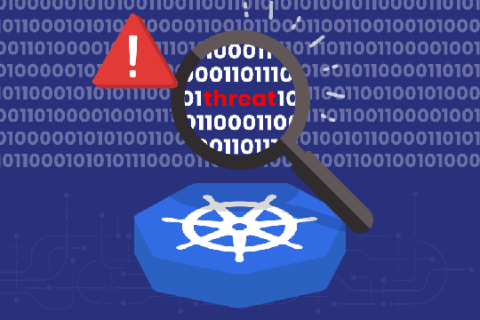What is P3P Policy and How Does it Work?
Simply put, P3P helps websites to inform their visitors regarding their privacy practices in a standard format. In this article, we will explain what P3P policy includes and how it is useful for your organization. As of today, we all use the internet technologies on a daily basis. We read news, view pictures, acquire information, connect with our loved ones, conduct our business processes, do shopping and much more on the internet. For all these purposes, we visit websites.








